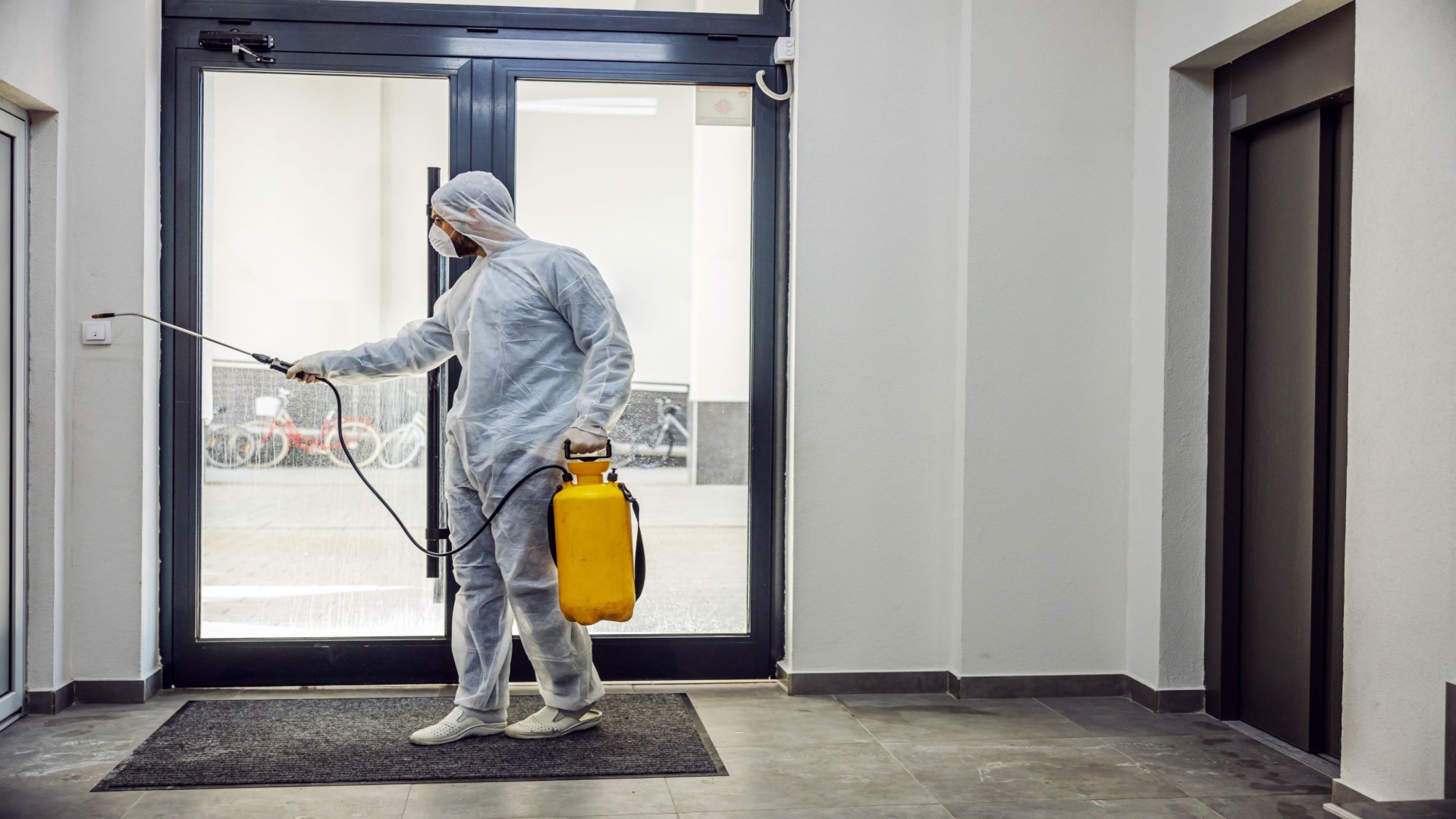
The Scottish Government is investing in the NHS workforce of the future with a 5.6% rise in trainee nurses and midwives confirmed for 2016/17.
This is the fourth successive rise and will take 2016’s recommended intake to over 3,200 students. The new places will sustain the substantial increases to the NHS workforce under the current Government, including the number of qualified nurses and midwives increasing by 5.1%, an increase of more than 2,000 whole time equivalent staff.
The Cabinet Secretary has confirmed that the Nursing and Midwifery Student Bursary (NMSB) and allowances are to be protected at existing levels in 2016/17. A review of the bursary scheme, with stakeholders, is on-going and will report in June next year.
Announcing this year’s increase in places during a visit to NHS Lothian’s Edinburgh Royal Infirmary, where the Health Secretary met with placement students, Ms Robison commented:
‘We are committed to investing in frontline spending, with yesterday’s Budget outlining an additional £500 million for health boards in 2016/17, bringing the overall health budget to a record total of just under £13 billion.
‘Today’s increase in student intake numbers builds on this and highlights our on-going commitment to investing in the future of the NHS.
‘This is the fourth consecutive rise in nursing and midwifery training places and comes on top of the three per cent increase the Scottish Government announced earlier this year. This is the kind of careful long term planning and investment our NHS needs.
‘We are committed to protecting the Nursing and Midwifery Student Bursary at existing levels for 2016/17. This package of support remains distinctive and generous by comparison with England. Our approach to student support ‘ alongside our commitment to free tuition fees ‘ is in stark contrast with actions of the UK Government where free nursing tuition and bursaries are to be removed entirely.
‘There is no doubt that there is pressure on our NHS as it rises to the demands of dealing with an ageing population. However by working with partners, and investing in the future workforce, we can continue to ensure that our health service provides first class care for generations to come.’

















